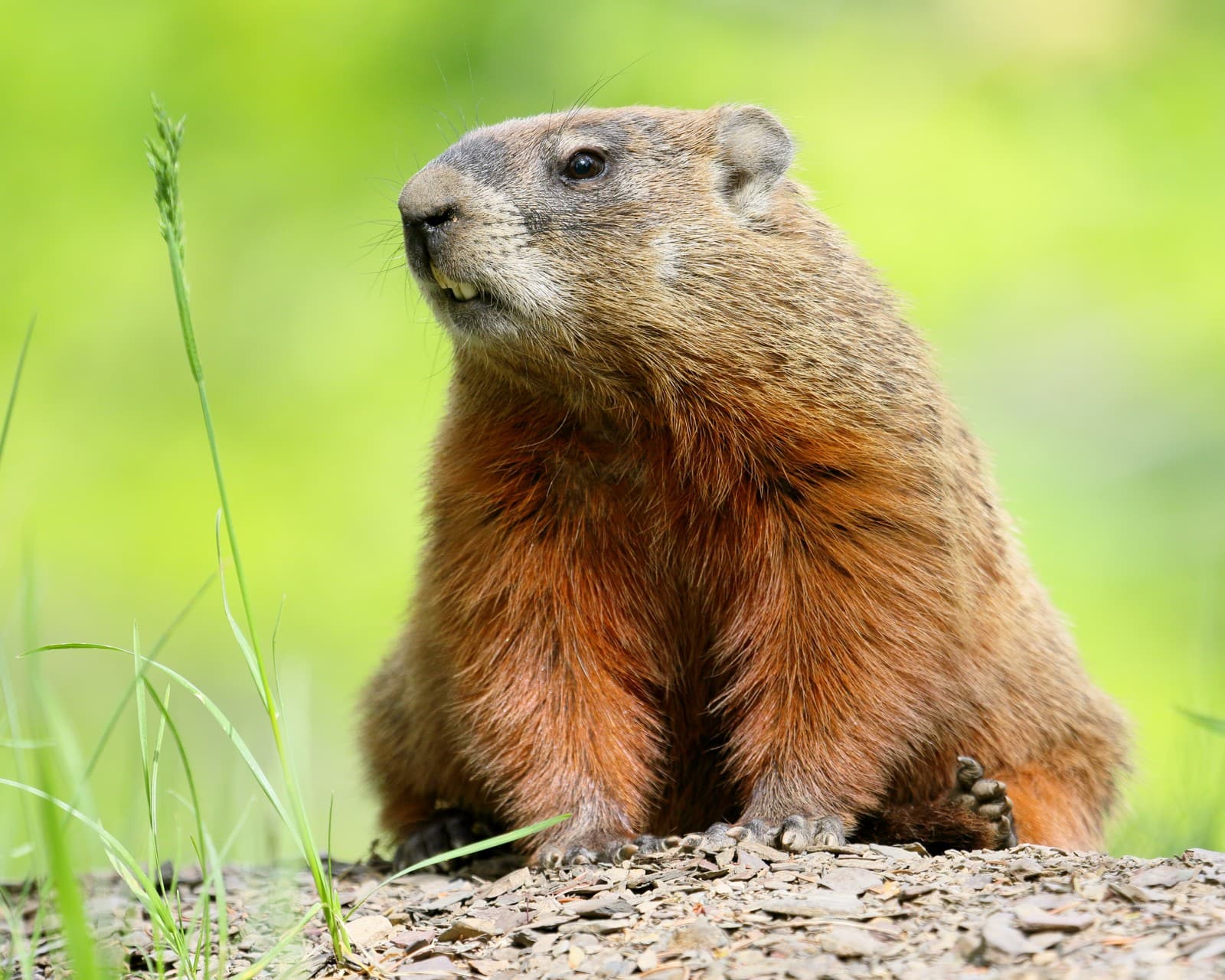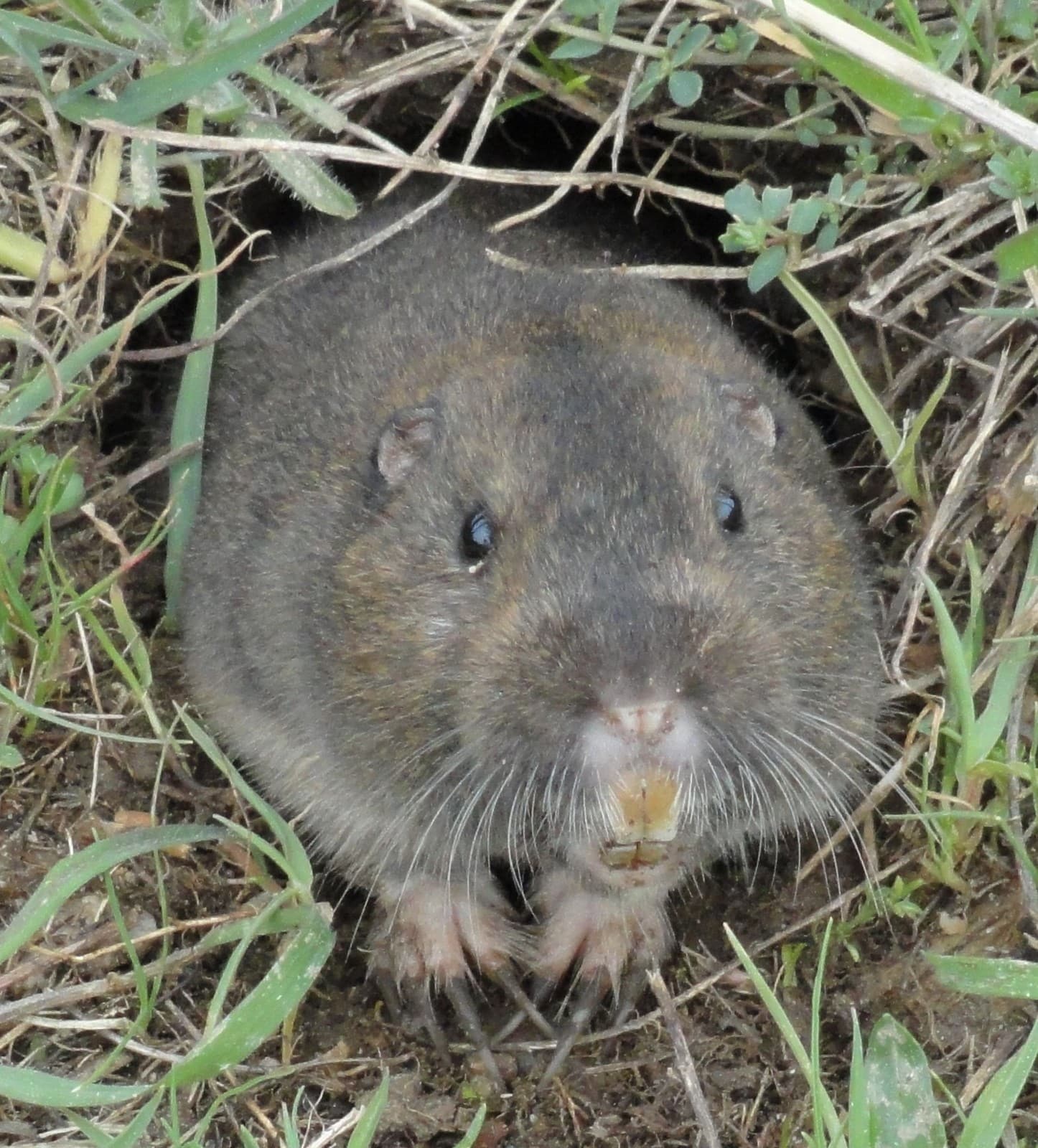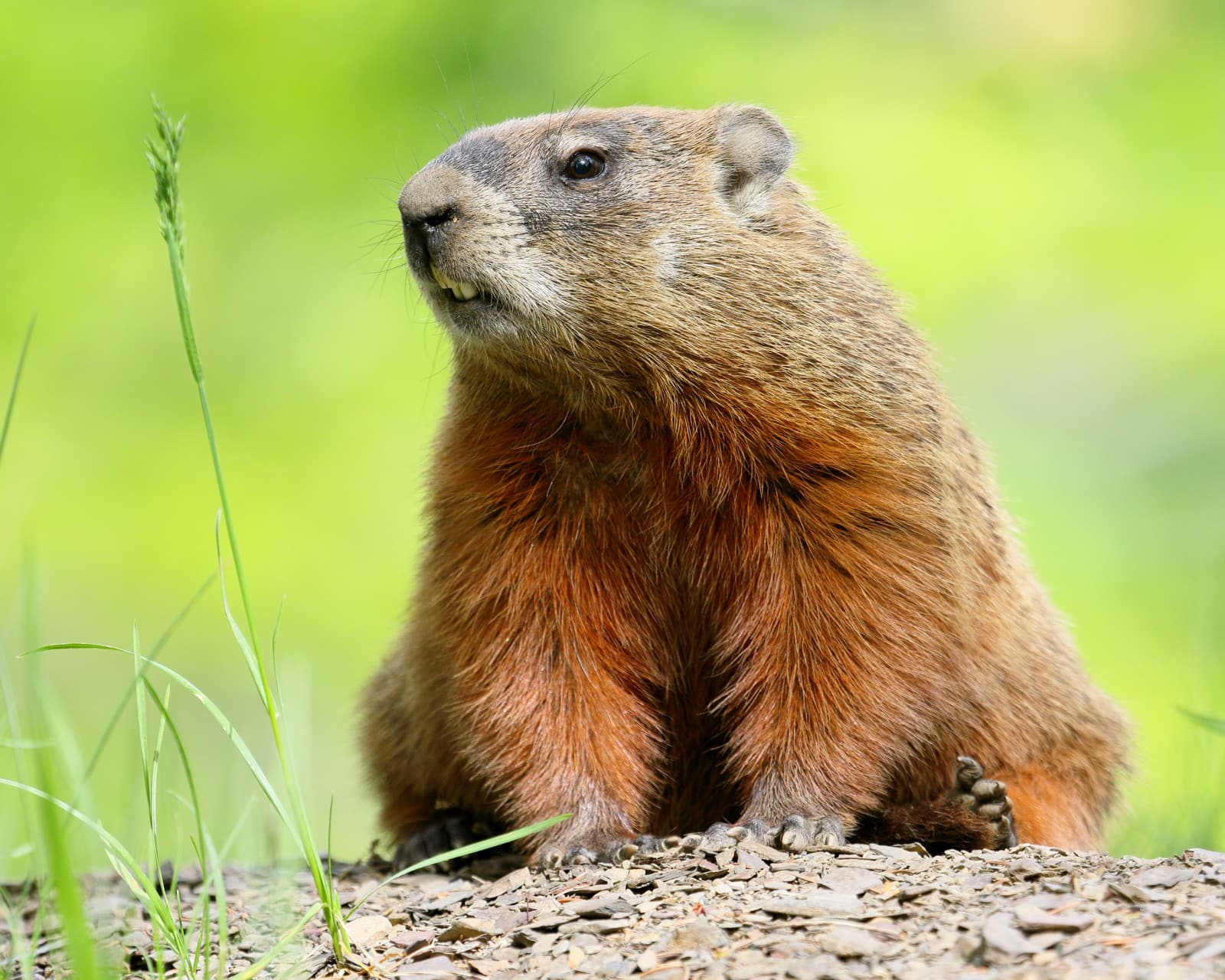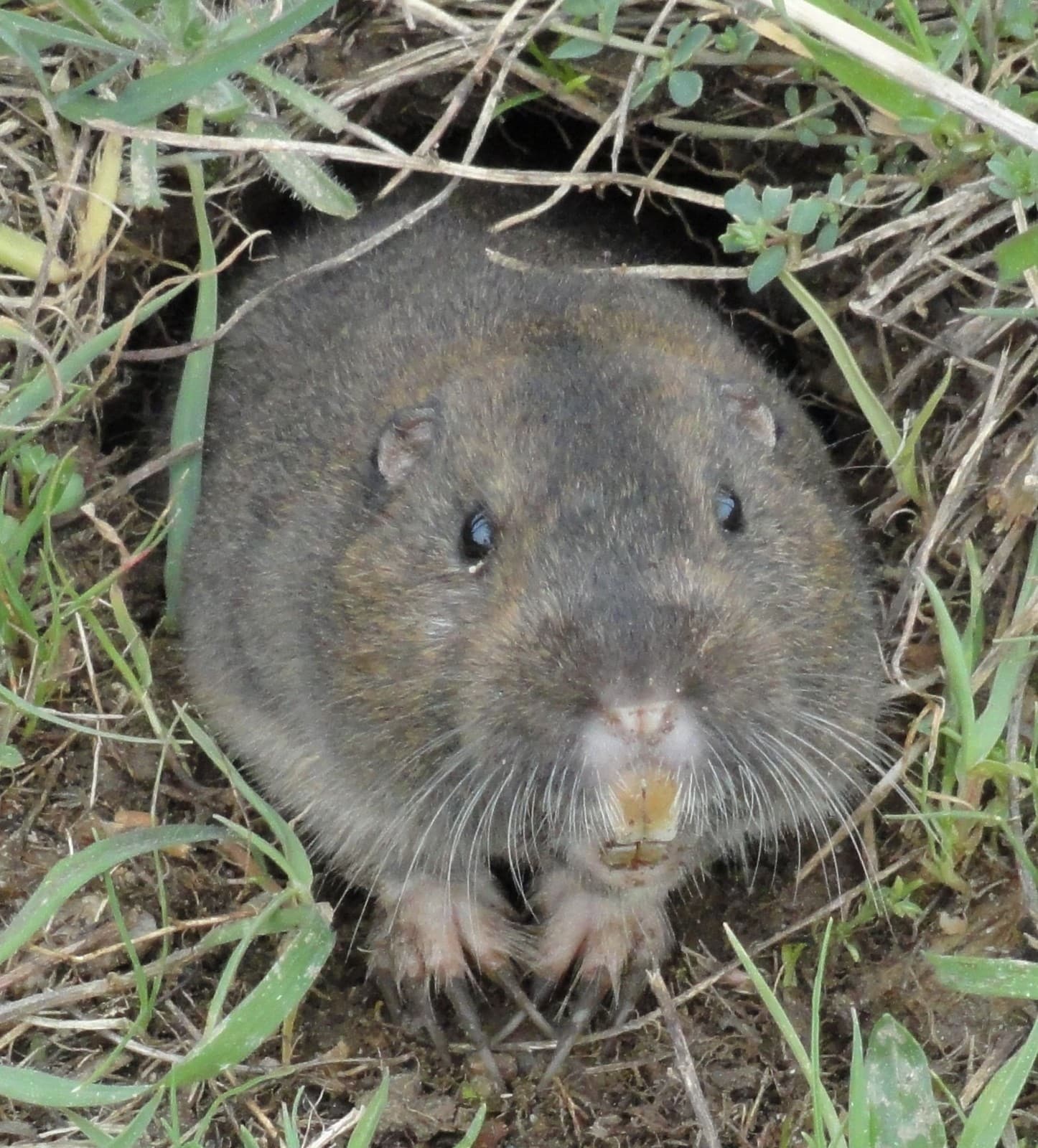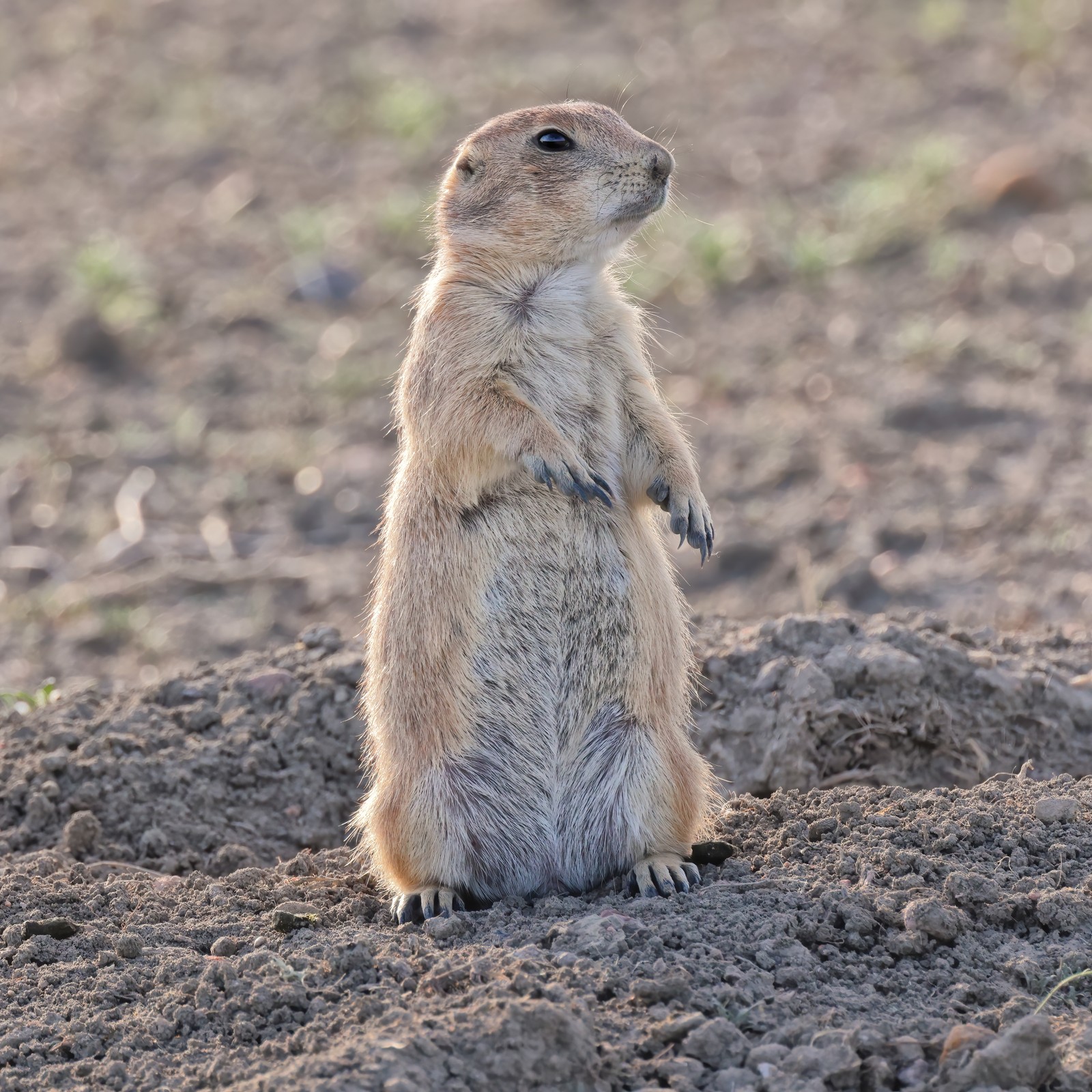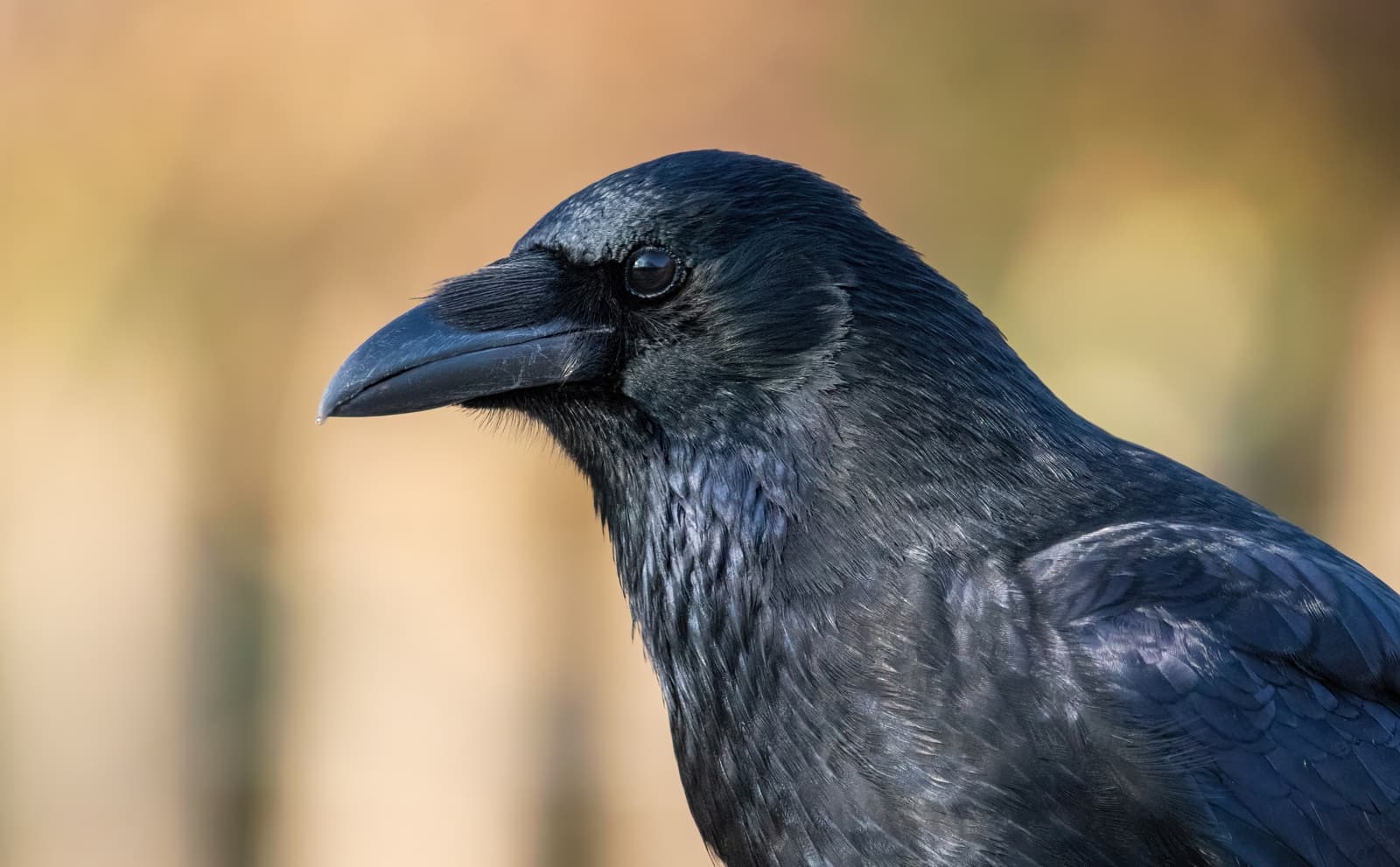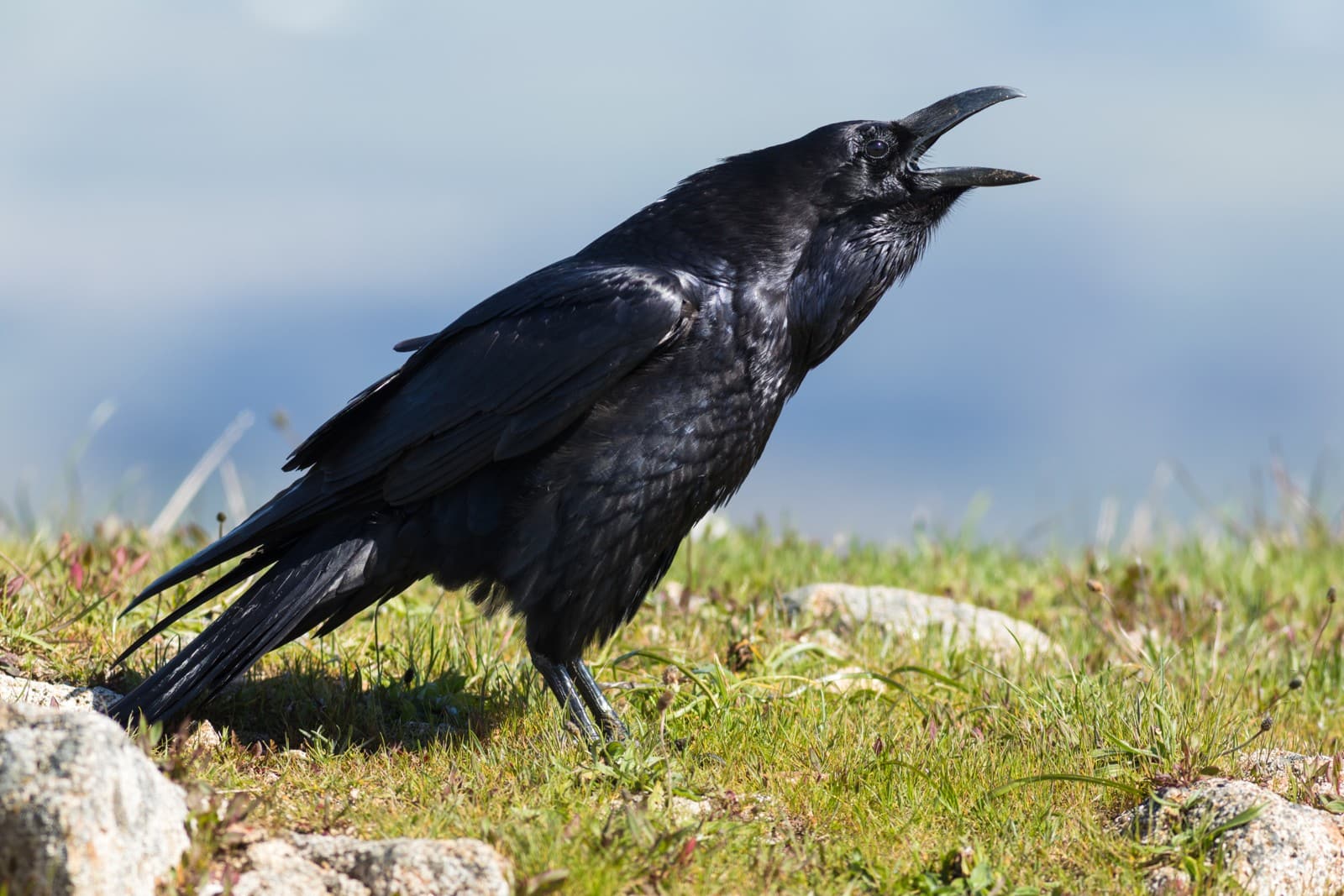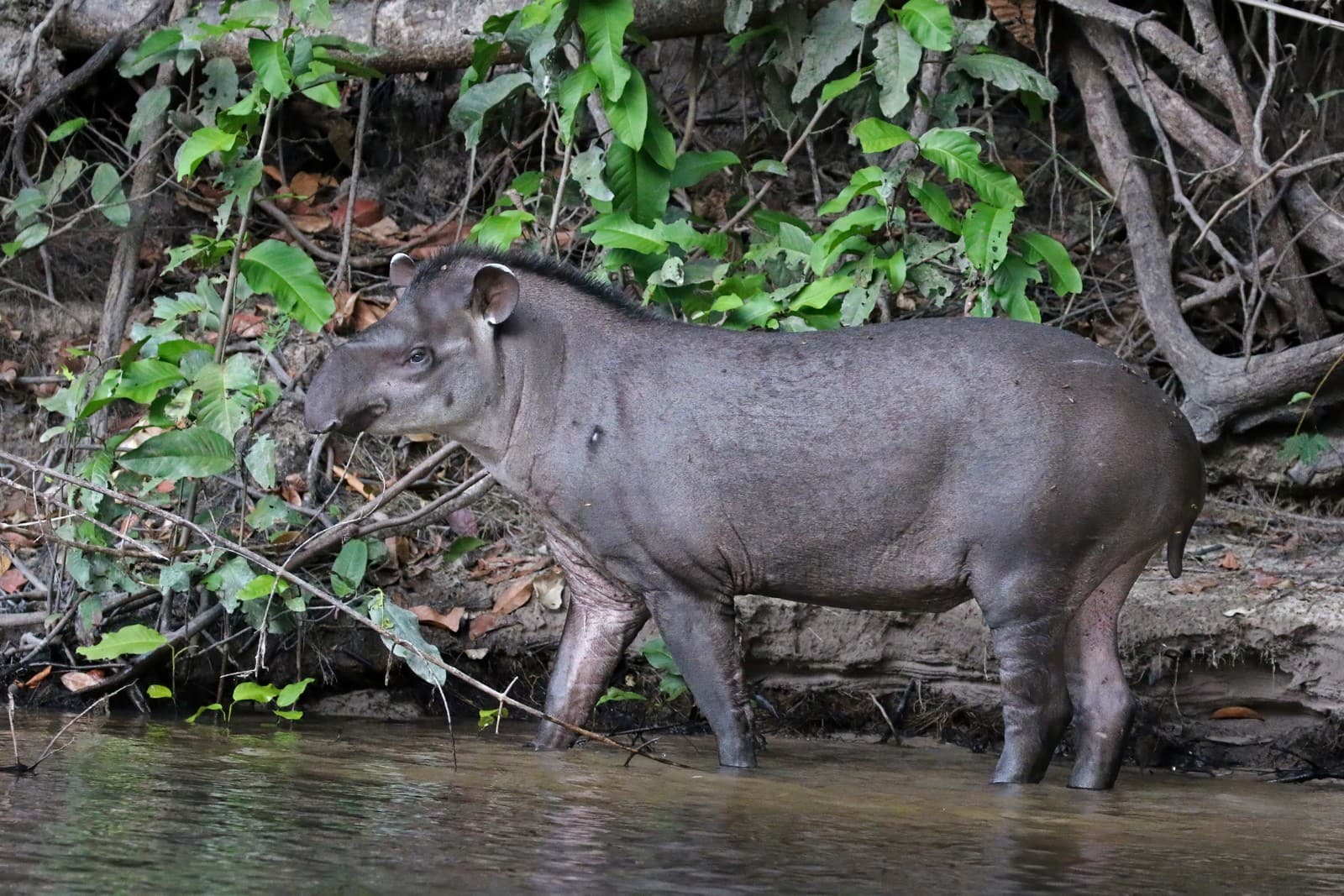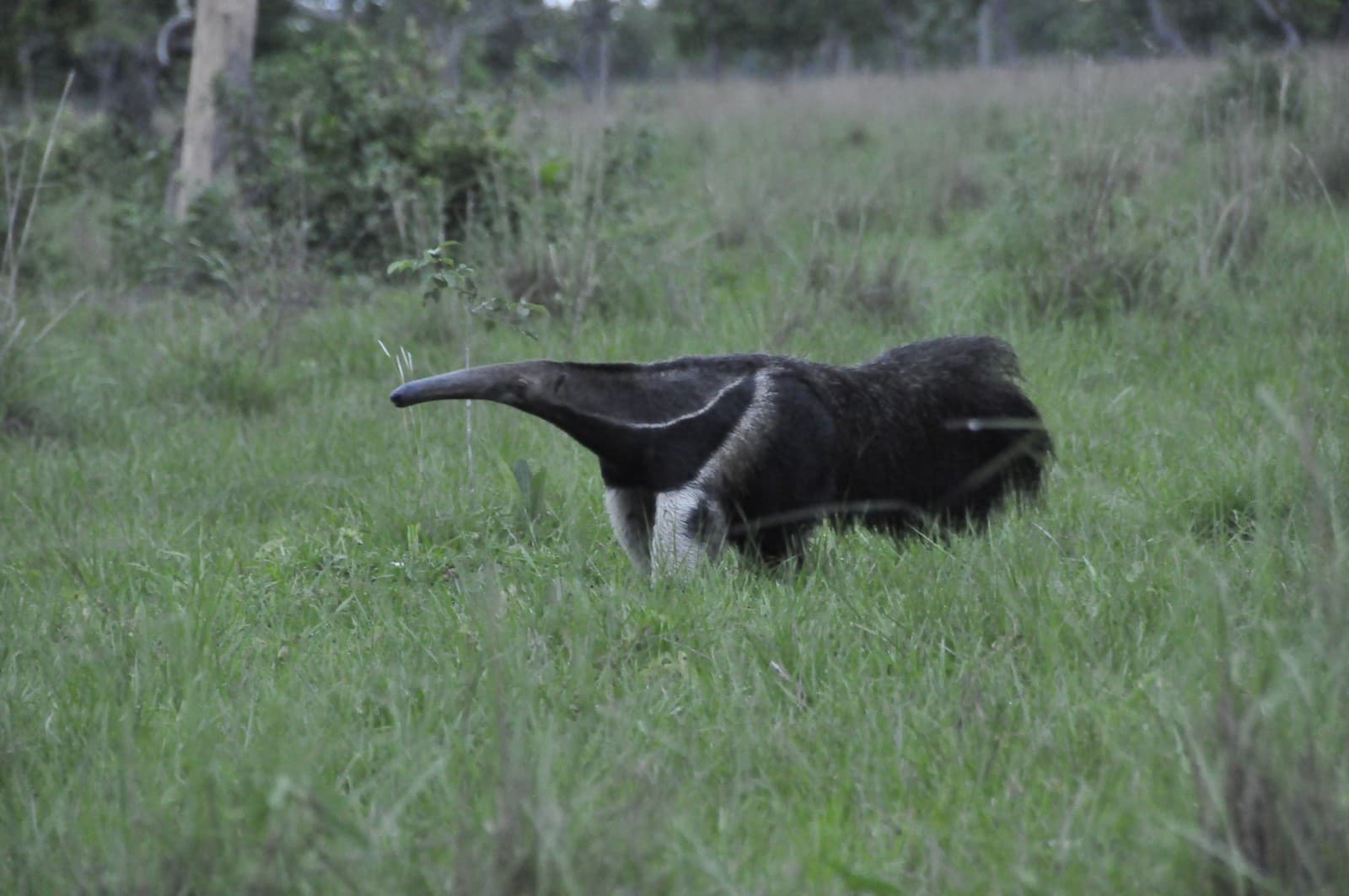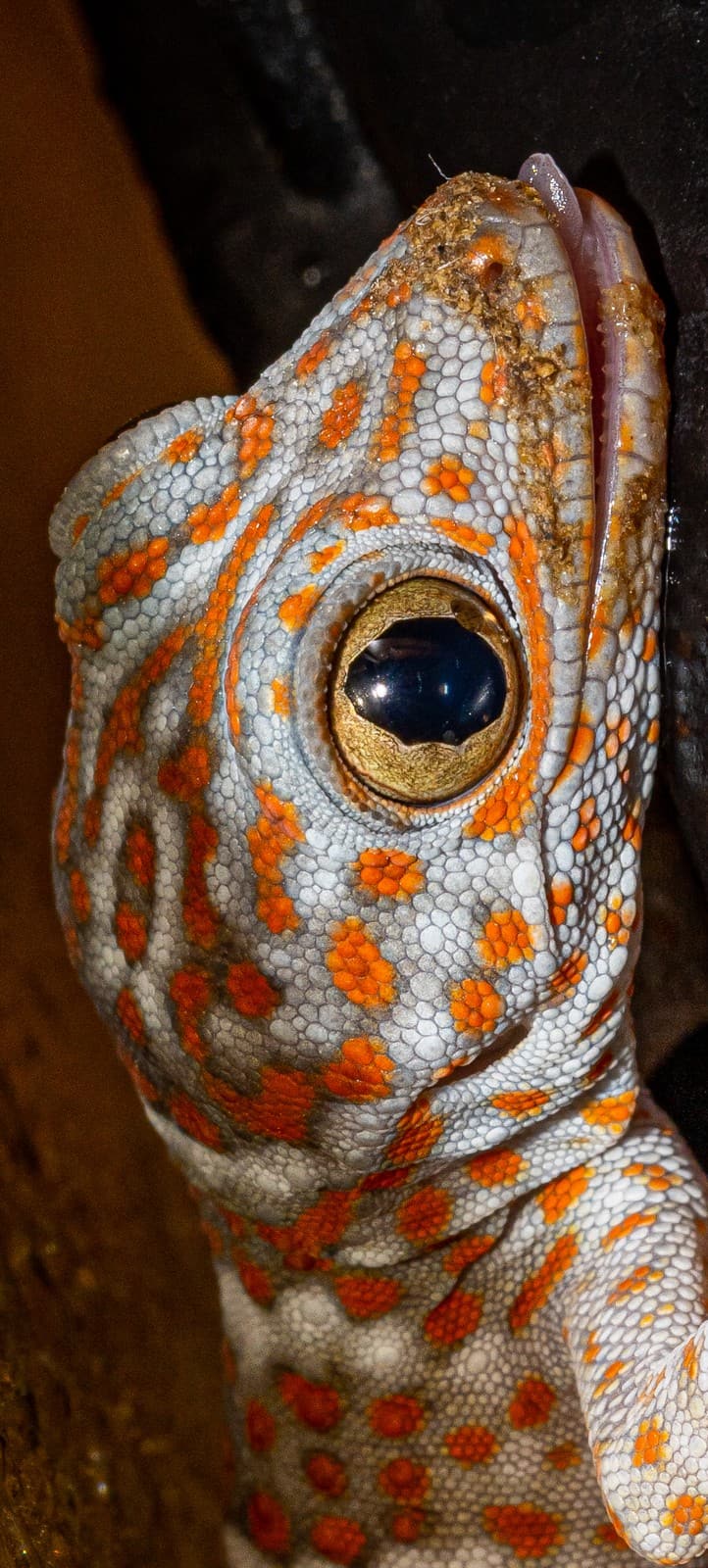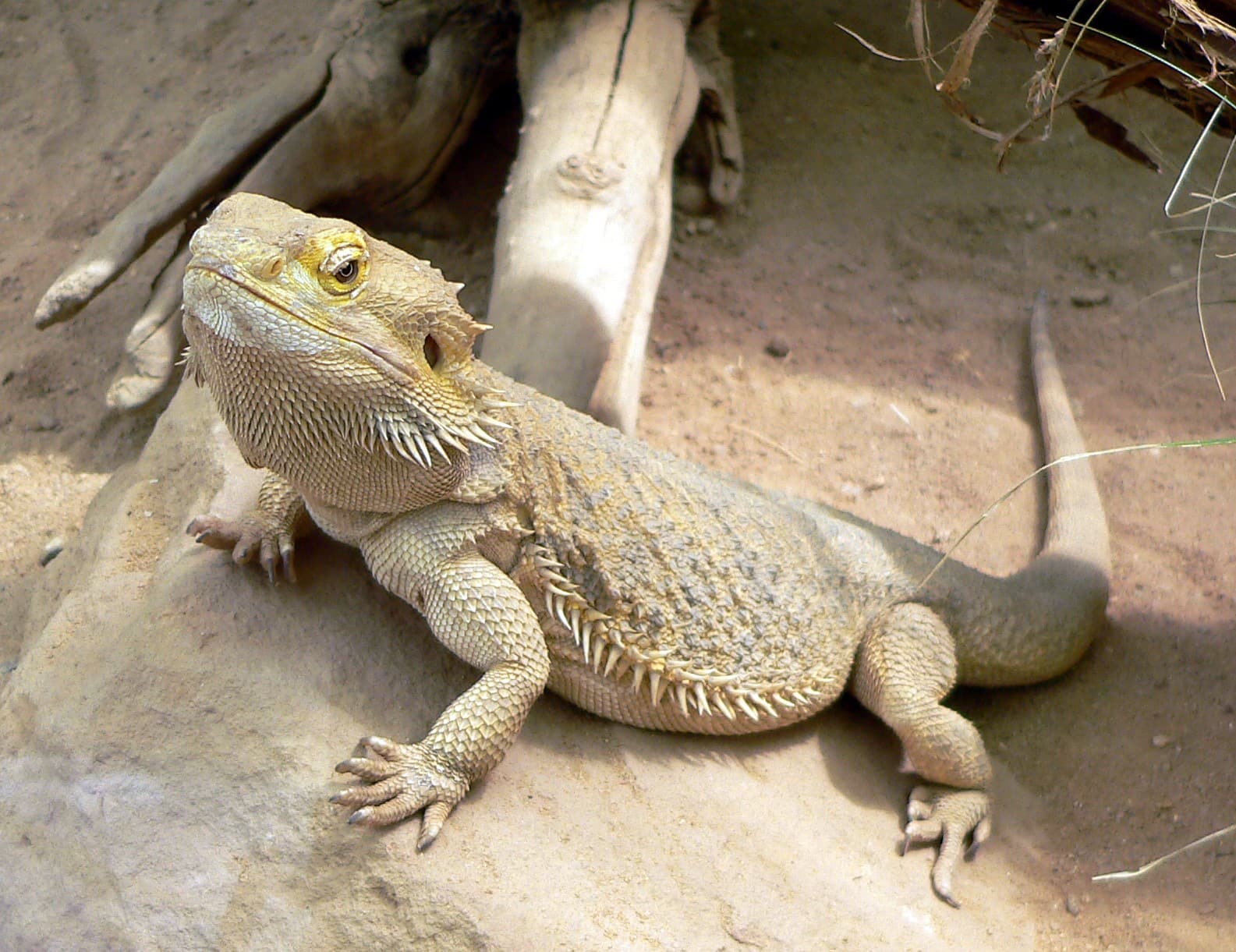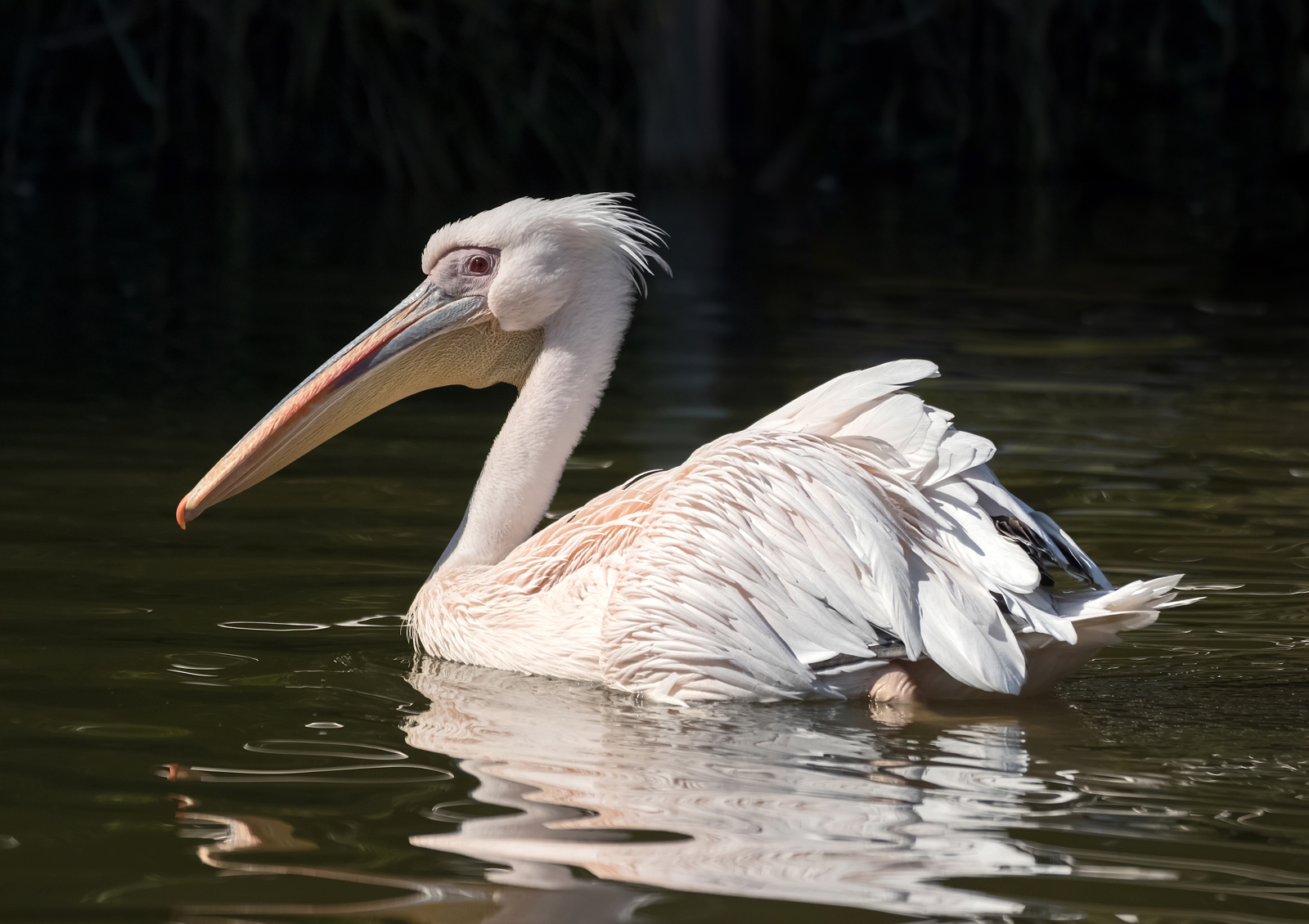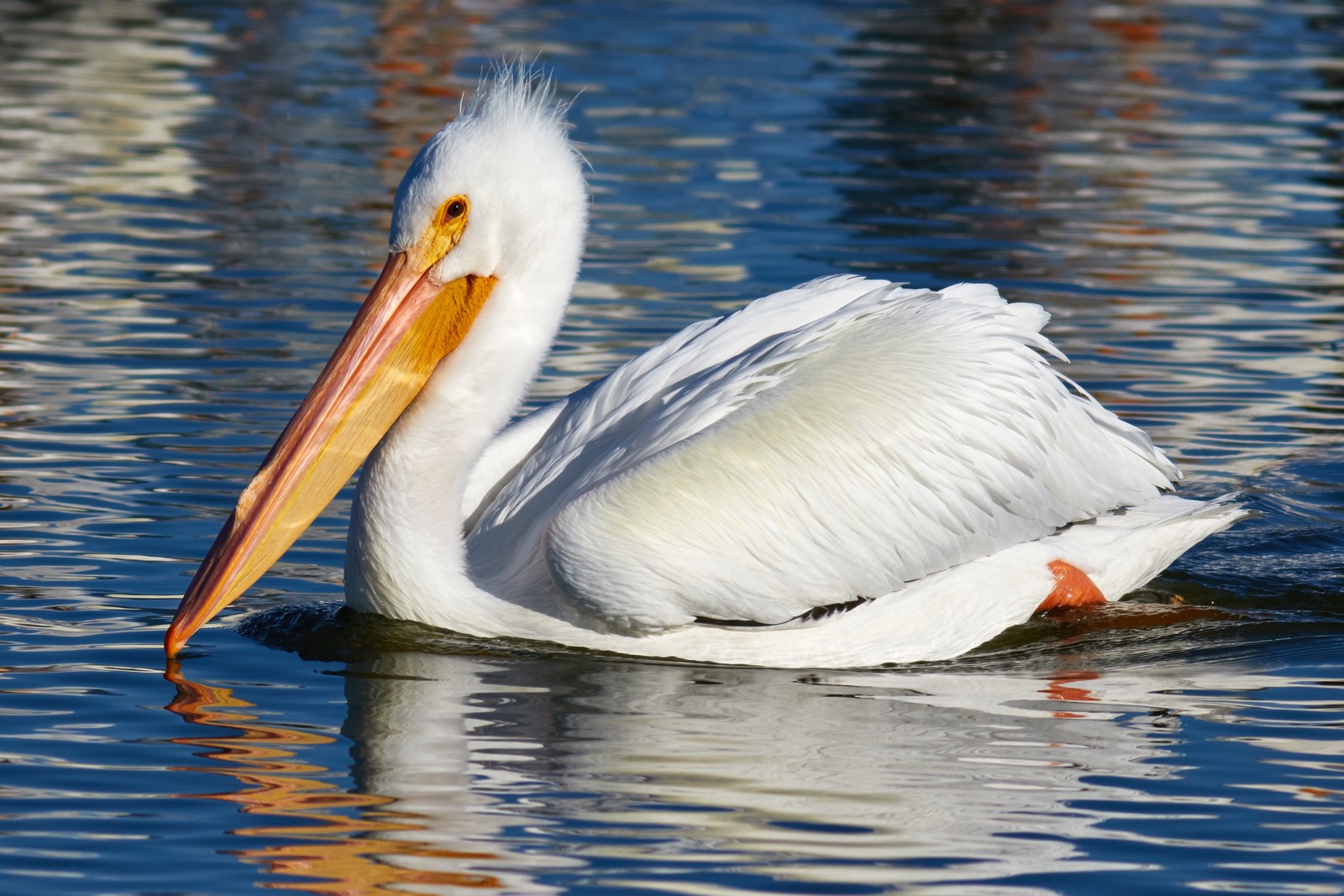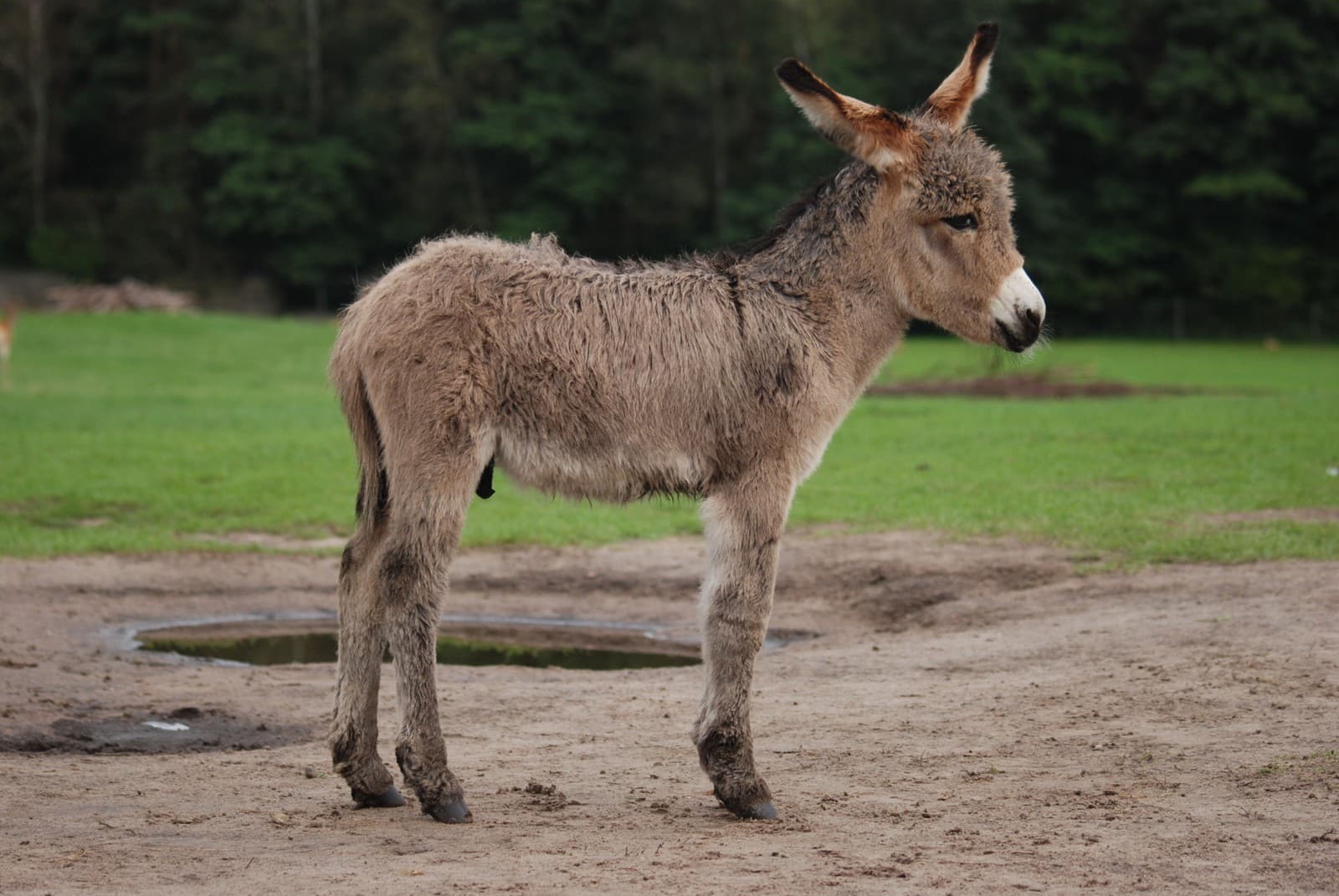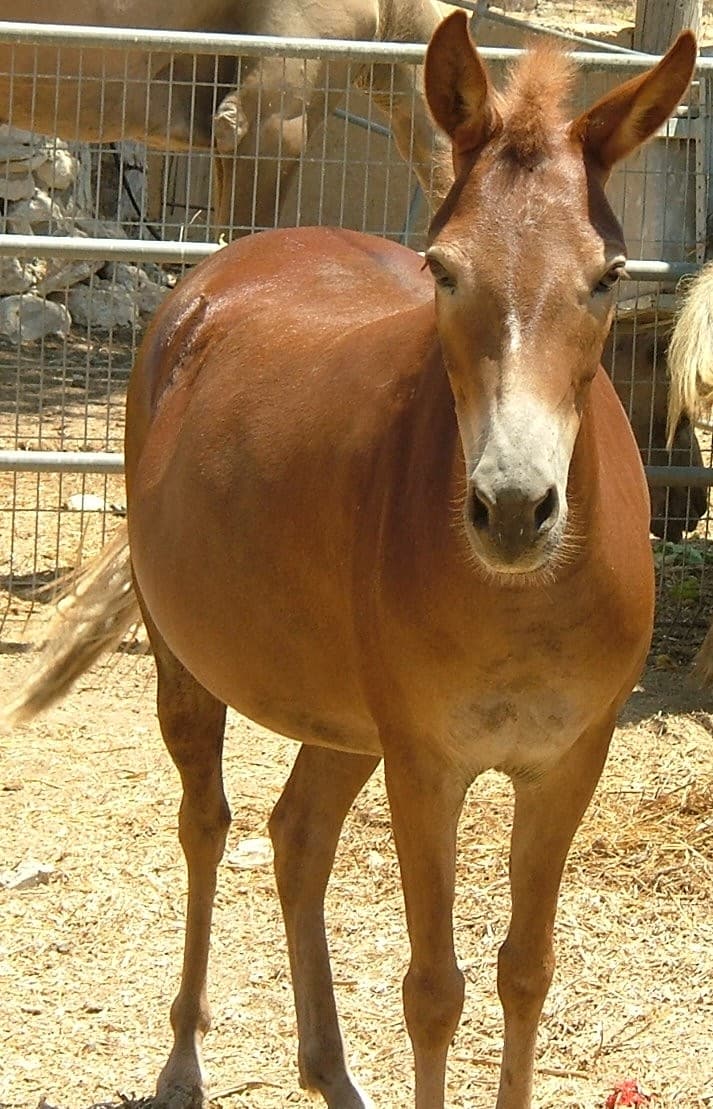Gopher vs Prairie Dog: A Complete Comparison
While gophers and prairie dogs might both be burrowing rodents, these fascinating creatures couldn’t be more different in their behavior and lifestyle. Gophers are solitary creatures that spend up to 90% of their lives underground, while prairie dogs are highly social animals living in complex communities of up to 1,000 individuals called “towns.” Understanding the key differences between gopher vs prairie dog species helps explain their unique roles in North American ecosystems.
The most striking contrast in the gopher vs prairie dog comparison lies in their social structure and size. Pocket gophers typically weigh 0.5-1 pounds (230-450g), while prairie dogs are significantly larger, weighing 1.5-3 pounds (680-1,360g). These differences reflect their vastly different lifestyles and ecological niches.
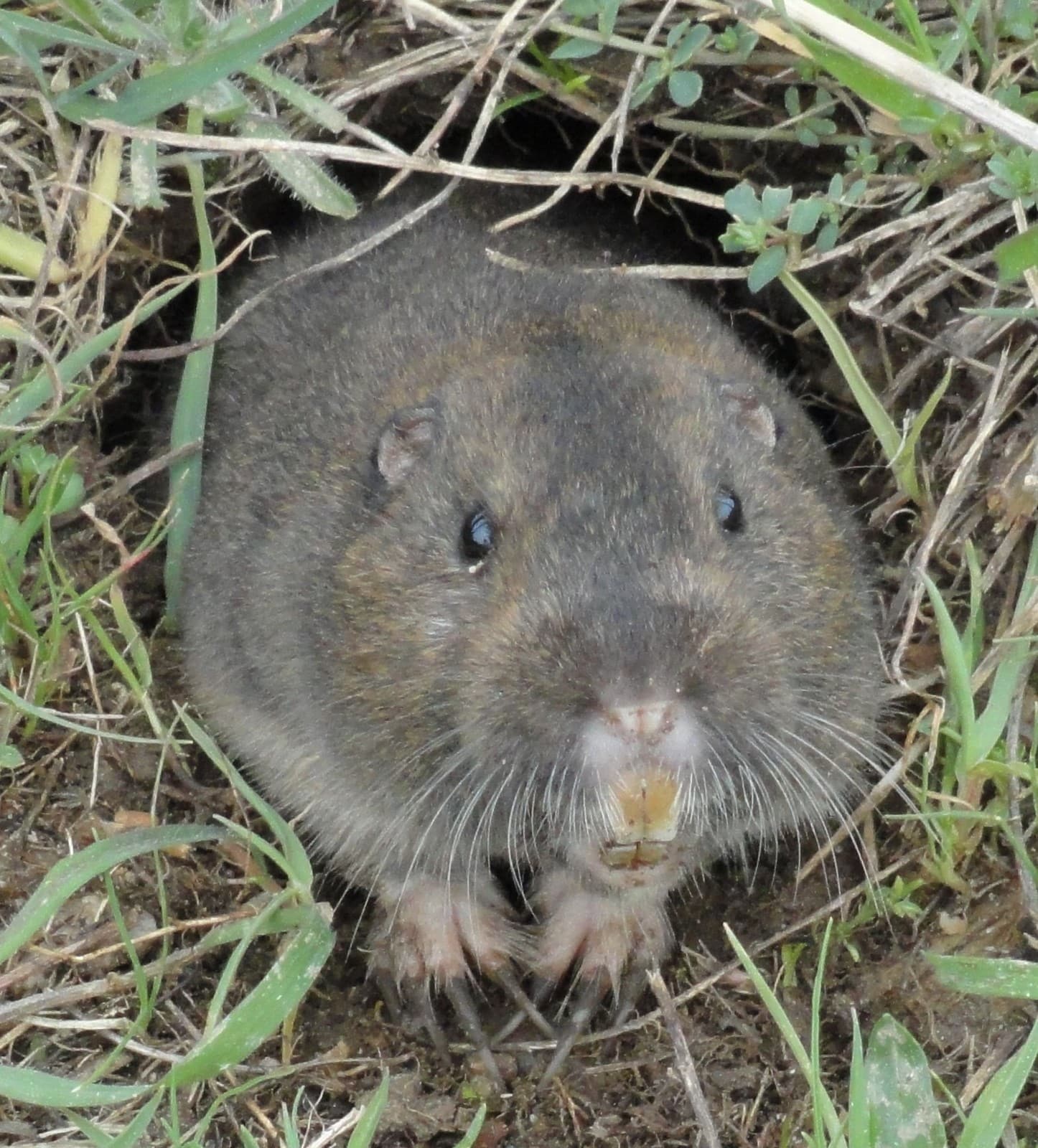
© LeonardoWeiss / CC BY 3.0
The pocket gopher exhibits classic solitary behavior, with powerful forearms and large incisors perfectly adapted for its underground lifestyle. These specialized diggers create extensive tunnel systems that can span hundreds of feet in length.
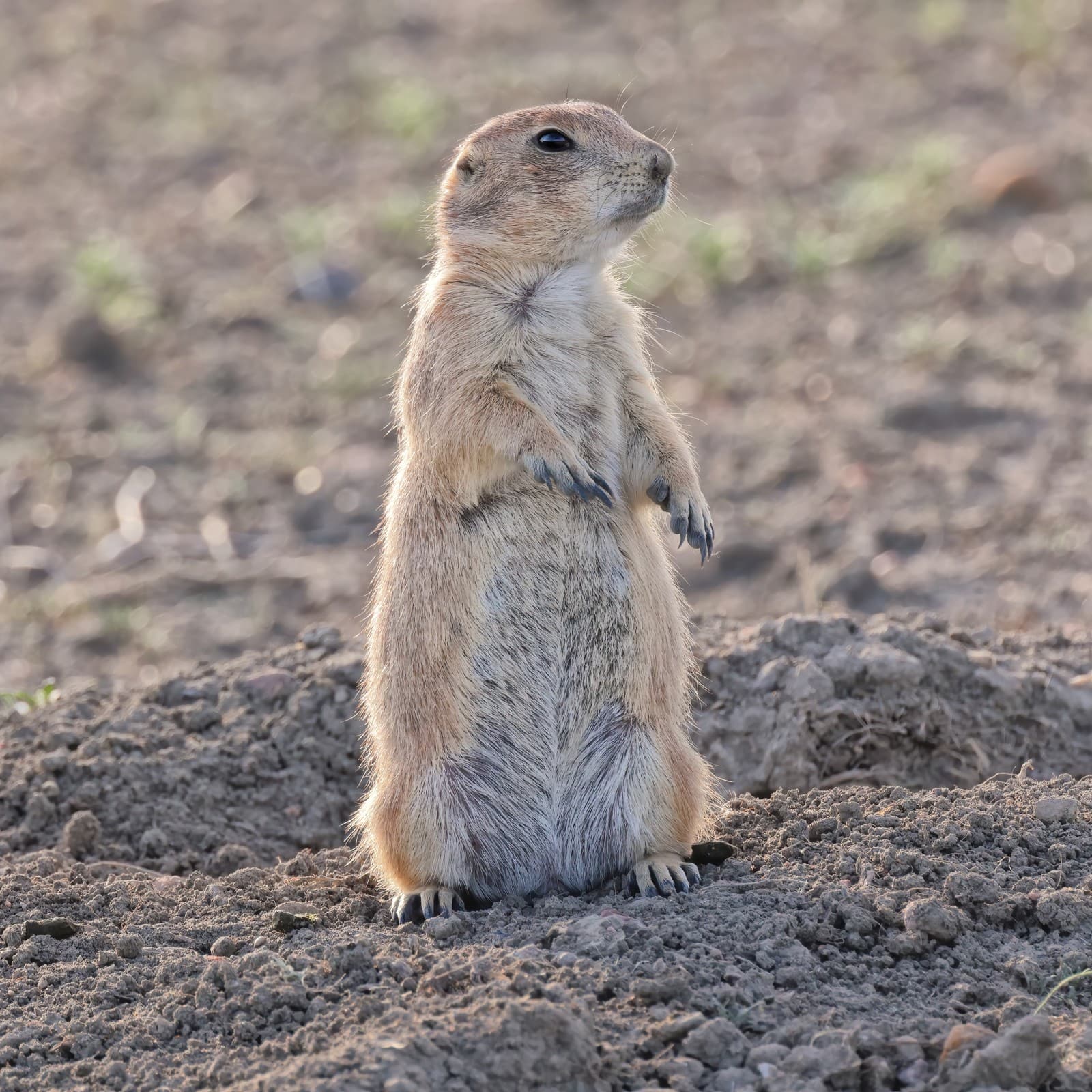
© Cephas / CC BY-SA 4.0
Prairie dogs demonstrate their characteristic sentinel behavior, standing upright to watch for predators. This social species uses complex vocalizations to communicate with colony members, showcasing their advanced social structure.
Key Differences: Gopher vs Prairie Dog
| Feature | Gopher | Prairie Dog |
|---|---|---|
| Size | 0.5-1 lbs (230-450g) | 1.5-3 lbs (680-1,360g) |
| Social Structure | Solitary | Highly social, lives in colonies |
| Habitat | Underground tunnels | Prairie grasslands with complex burrow systems |
| Diet | Roots, tubers, vegetation | Grasses, seeds, insects |
| Activity Pattern | Mostly nocturnal | Diurnal |
| Lifespan | 2-3 years | 3-5 years |
Habitat and Behavior
Gophers are true tunnel specialists, creating complex underground networks with multiple chambers for food storage, nesting, and waste. Their burrow systems typically feature sealed entrances to maintain optimal humidity and temperature levels. In contrast, prairie dogs construct open-entrance burrows with multiple escape routes and designated “bathroom” chambers, demonstrating their sophisticated social organization.
Social Structure and Communication
While gophers lead solitary lives and only interact during breeding season, prairie dogs maintain intricate social bonds within their colonies. Prairie dog communities feature distinct family groups, with complex vocal communications that can convey specific information about predators, including size, speed, and direction of approach. They even have different “dialects” between colonies.
Impact on Ecosystems
Both species are considered ecosystem engineers, but their effects differ significantly:
-
Gophers:
- Aerate soil through tunneling
- Aid in nutrient cycling
- Can damage agricultural crops
- Create habitat for other species
-
Prairie Dogs:
- Maintain grassland ecosystems
- Create habitat for other species
- Support predator populations
- Prevent woody plant encroachment
Who Would Win in a Confrontation?
While direct confrontations between gophers and prairie dogs are rare in nature, prairie dogs would likely have the advantage in any potential conflict. Their larger size (up to 3 times heavier), superior numbers, and coordinated group behavior give them a significant edge over the solitary gopher. However, these species typically avoid direct competition by occupying different ecological niches.
Conservation Status
Prairie dogs face significant conservation challenges, with populations declining by over 95% in some areas due to habitat loss, disease, and historical eradication programs. Gophers, while often considered agricultural pests, maintain stable populations across their range. Understanding the differences between these species helps inform conservation efforts and management strategies for both.
Both gophers and prairie dogs play vital roles in their respective ecosystems, despite their marked differences in behavior, social structure, and habitat preferences. Their continued survival ensures the health and biodiversity of North American grasslands and subterranean ecosystems.
